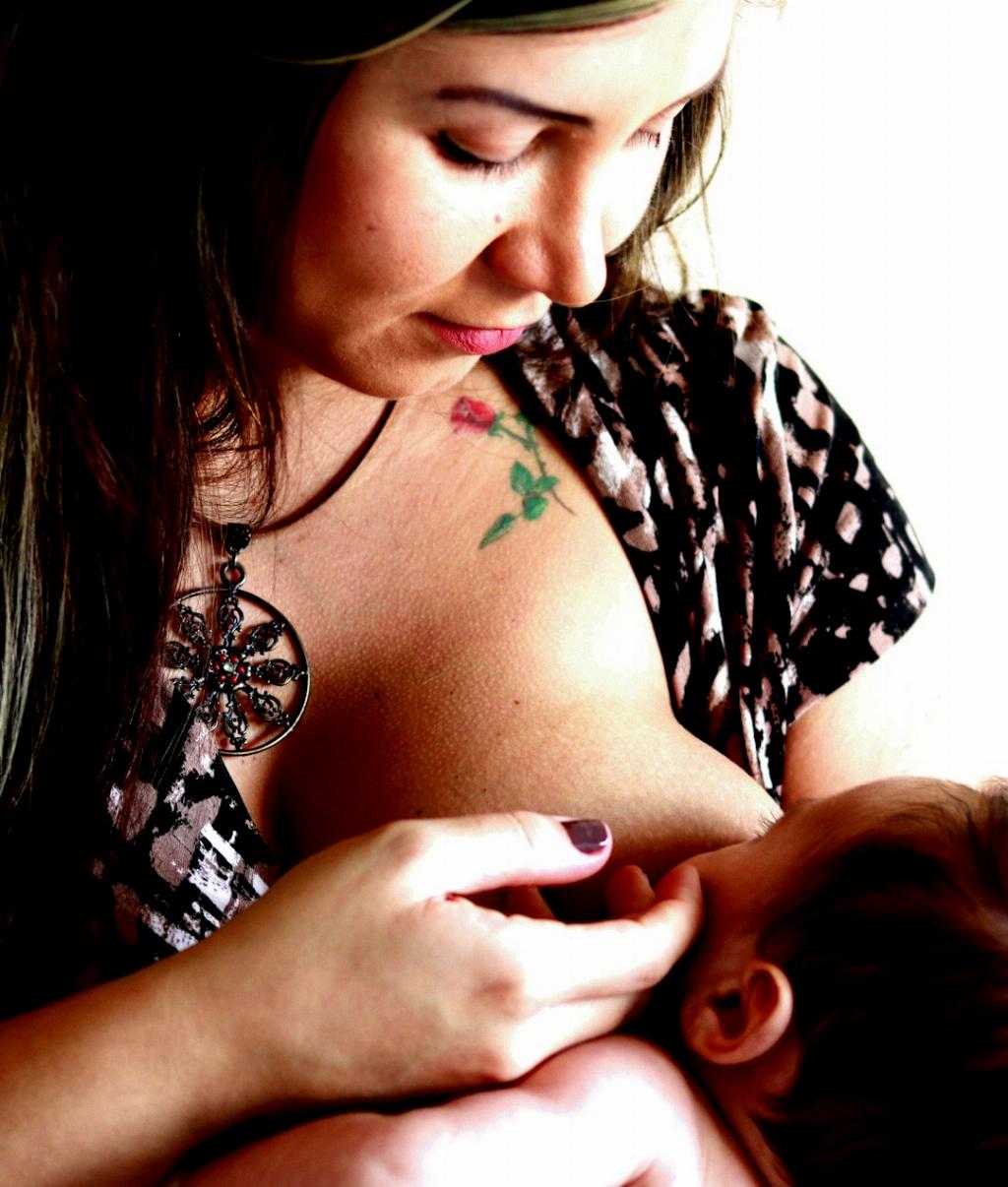When it comes to the duration of breastfeeding colostrum, it’s important to consider the natural process that takes place in a mother’s body following childbirth. Colostrum, also known as “liquid gold,” is the first milk produced by the mammary glands after giving birth. It is rich in nutrients and antibodies, providing essential nourishment and protection to the newborn.
The production of colostrum typically lasts for about five days postpartum. During this initial phase, the mother’s body is focused on providing the newborn with crucial immune-boosting properties and helping establish a strong foundation for their overall health. The composition of colostrum is uniquely tailored to meet the specific needs of a newborn, offering a concentrated source of proteins, fats, and essential antibodies.
After the initial five days, colostrum transitions into what is known as transitional milk. This phase usually occurs around day 6 to day 14 postpartum. Transitional milk is a blend of colostrum and mature milk, containing a higher fat content to support the growing baby’s energy needs. It serves as a bridge between the initial colostrum phase and the full establishment of mature milk production.
By the time the baby reaches around two weeks of age, the transition to mature milk is typically complete. Mature milk is characterized by a balanced combination of proteins, carbohydrates, and fats, providing comprehensive nutrition to support the infant’s growth and development. It is during this stage that the mother’s milk supply becomes more consistent and stable.
While the primary production of colostrum lasts for approximately five days, traces of colostrum may still be present in the breast milk for up to six weeks postpartum. This residual colostrum continues to offer valuable immune support to the newborn, reinforcing their natural defenses and immunity during the early weeks of life.
It is important to note that the duration of breastfeeding colostrum can vary from one mother to another, influenced by factors such as the baby’s feeding patterns, the mother’s milk supply, and overall breastfeeding experience. Some babies may nurse more frequently, leading to a quicker transition from colostrum to mature milk, while others may take a bit longer to adjust to the new feeding routine.
For mothers who choose to exclusively breastfeed, the process of breastfeeding colostrum sets the stage for a strong and nurturing bond between mother and baby. The act of breastfeeding not only provides essential nutrition but also fosters emotional connection and comfort, promoting a sense of security and well-being for both the mother and child.
As you navigate the journey of breastfeeding colostrum and beyond, it is essential to listen to your body’s cues and trust your instincts as a mother. Remember that every breastfeeding experience is unique, and it’s okay to seek support and guidance from healthcare providers, lactation consultants, or experienced mothers who can offer valuable insights and encouragement.
In conclusion, the duration of breastfeeding colostrum typically spans around five days postpartum, followed by the transition to transitional milk and ultimately mature milk within the first two weeks. Traces of colostrum can linger in breast milk for up to six weeks, providing ongoing benefits to the newborn’s immune system. Embrace the natural process of breastfeeding, cherish the moments shared with your little one, and embrace the journey of motherhood with love and confidence.

